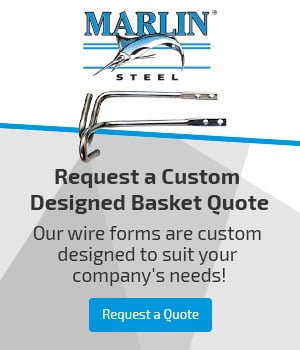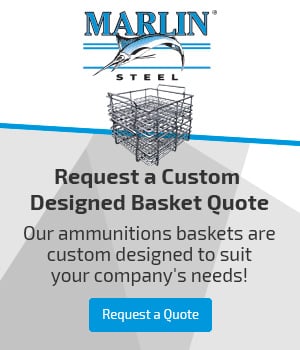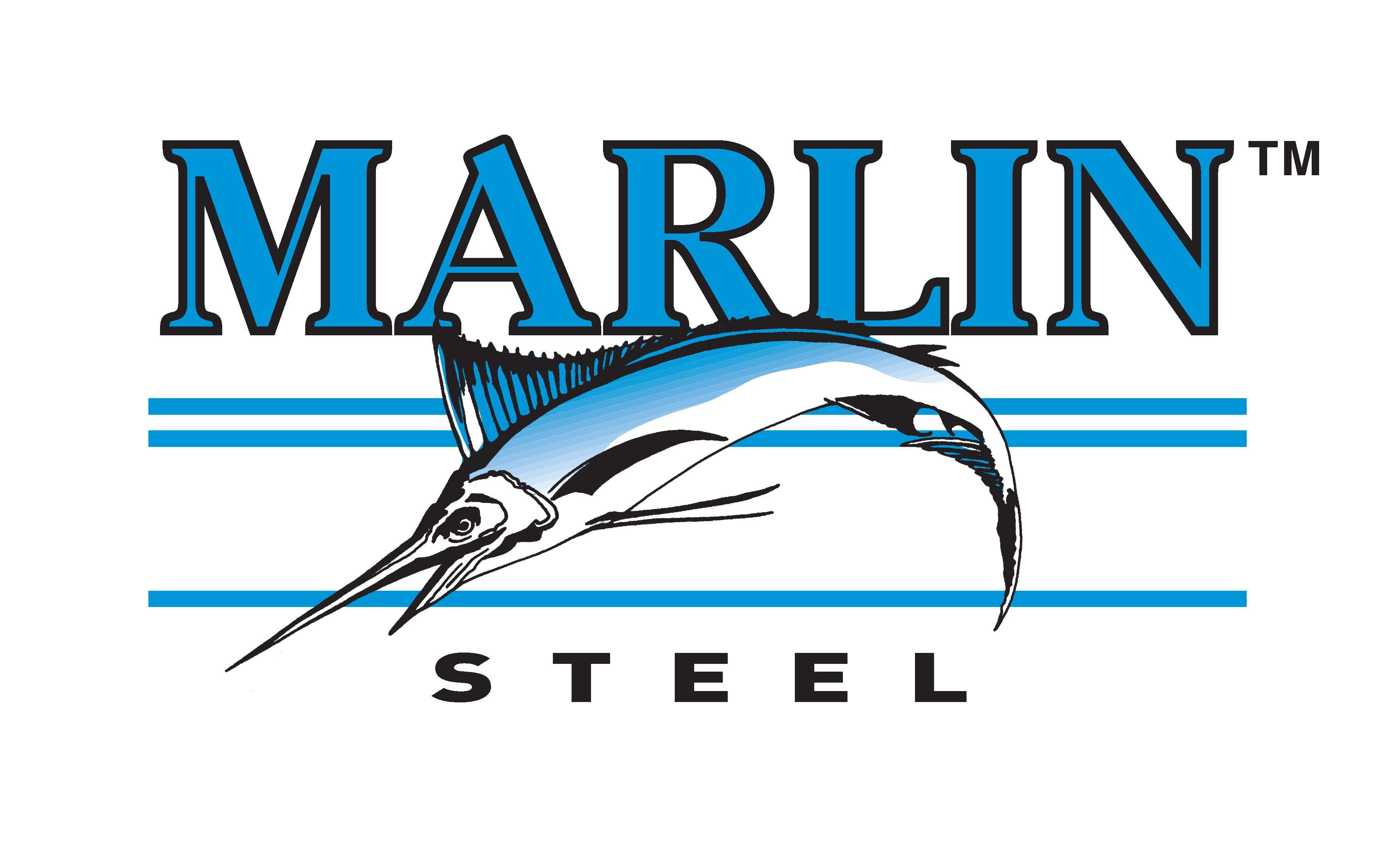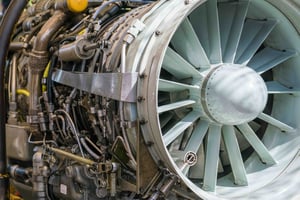 You are nearly three times more likely to die from choking on food than in a plane crash. In fact, you are 11x more likely to die in a car crash than meet your fate in an aviation disaster. Part of the reason for these facts is the strict safety requirements of the aerospace parts manufacturing industry.
You are nearly three times more likely to die from choking on food than in a plane crash. In fact, you are 11x more likely to die in a car crash than meet your fate in an aviation disaster. Part of the reason for these facts is the strict safety requirements of the aerospace parts manufacturing industry.
There are many considerations to make when creating parts for aerospace applications, such as the shape, weight, and durability of a part. These factors can all affect the aircraft’s flight worthiness. For example, If a plane is too heavy, it will need extra thrust to achieve liftoff and maintain altitude—increasing fuel consumption. If the superstructure of a plane is too weak, on the other hand, it could fail mid-flight and put the occupants’ lives at risk.
For years, the go-to material for aerospace applications was aluminum. However, in recent years, aerospace manufacturers have started investigating alternatives to aluminum, one of them being aerospace grade stainless steel.
Stainless Steel Versus Aluminum for Aerospace Applications
Aluminum has long been status quo material for making aircraft components because of its combination of high tensile strength, relatively light weight per cubic centimeter (approximately 2.7 g/cm3), and easy machinability in addition to strong corrosion resistance. Pure aluminum also has a relatively low cost compared to many alloys (though this varies), due to it being an atomic element.
The ultimate tensile strength (UTS) of aluminum can vary based on what the material is alloyed with. However, aluminum 6061-T6—which is over 95% pure aluminum—has a UTS of 310 MPa (45,000 psi) according to ASM. Aluminum is often noted for having a high strength compared to plain steel at low temperatures.
When making a comparison to aerospace stainless steel, it’s important to specify the exact steel alloy. This is because there are many different formulations of stainless steel—each one with its own unique characteristics.
For example, grade 304 stainless steel has a higher ultimate tensile strength than aluminum—505 MPa (73,200 psi)—but weighs 8 g/cm3, nearly triple the weight of aluminum. Additionally, 304 stainless steel for aerospace applications is highly resistant to corrosion thanks to its protective oxide layer, which inhibits oxidation.
Here’s a quick comparison table:
|
Mechanical Property |
Aluminum |
304 Stainless Steel |
|
|
Ultimate Tensile Strength |
310 MPa (45,000 psi) |
505 MPa (73,200 psi) |
580 MPa (84,100 psi) |
|
Weight |
2.7 g/cm3 |
8 g/cm3 |
8 g/cm3 |
|
Shear Modulus |
26 GPa (3770 ksi) |
86 GPa (12,500 ksi) |
82 GPa (11,893 ksi) |
|
582-652˚C (1,080-1,205˚F) |
1,400-1,455˚C (2,550-2,650˚F) |
1,370-1,400˚C (2,500-2,550˚F) |
In short, while stainless steel alloys are heavier than aluminum, they also have a higher tensile strength, shear modulus, and melting point than aluminum does.
How to Use Stainless Steel for Aerospace Applications
There are some specific applications where aerospace grade stainless steel may surpass aluminum in performance. Some examples include:
- Engine and Exhaust Components. The corrosion resistance and higher temperature tolerance of stainless steel aerospace components can lead to better useful life and performance.
- Landing Gear Components. The high tensile strength and shear modulus of stainless steel makes it far more suitable for absorbing the impact stresses that landing gear equipment must endure.
- Key Superstructure Joints. Aerospace stainless steel can be used in key joints in an aircraft’s superstructure to improve durability and reduce the risk of failure during flight.
Ways Aerospace Companies Can Benefit from Custom Stainless Steel Wire Baskets
Aside from using stainless steel in aircraft parts, many aerospace manufacturers use stainless steel baskets to process their parts. These baskets can handle heavy loads while facilitating better parts cleaning and finishing—helping aerospace companies save time and money on their manufacturing processes.
1: Reducing Parts Rejections
Marlin Steel manufactures custom wire baskets using advanced factory automation tools. Because these robots never get tired, sick, bored, or injured from doing the exact same motions repeatedly, they can make custom wire forms with a level of precision that manual labor simply can’t match. Every wire is bent at a consistent angle, cut at a consistent length, and welded perfectly in place.
This allows Marlin’s steel wire baskets to meet incredibly tight parts tolerances—which is important for baskets meant to hold aircraft parts in a specific layout. With millimeter-precise tolerances for baskets, an aerospace company’s own automated equipment can be used without worrying that one basket will hold a part an inch or two out of place (causing the machine to damage the part).
Also, Marlin’s degreed engineers take surface condition requirements into account when making custom aircraft parts washing baskets. So, they will add semi-soft coatings, dividers, and other design features as needed to prevent damage that leads to parts rejections.
2: Saving Floor Space
Many of the custom stainless steel baskets that Marlin makes for different aerospace companies are specifically designed to help save space on their factory floors. Marlin’s degreed engineers can accomplish this in a variety of ways, such as:
- Making Baskets That Stack or Nest Together. One of the most common ways Marlin’s degreed engineers ensure that a basket can save space when not in use is to make them able to stack on top of or nest within other baskets. The stacking option is most popular for baskets that need to sit while loaded with parts, while the nesting option is preferred for empty basket storage.
- Making Baskets Useful for Multiple Processes. Another way that Marlin’s degreed engineers help clients save space on their factory floors is by making custom wire baskets that are useful for multiple processes. So, instead of having to stock three different baskets, they can use a single basket for three processes. This also helps to save time that would otherwise be wasted on transitioning parts from one wire basket to another for specific processes.
- Making Stainless Steel Carts to Carry Smaller Baskets. For smaller aircraft parts cleaning baskets, Marlin’s degreed engineers often make stainless steel carts to carry the baskets between processes and store them when not in use. This not only saves some space by storing baskets vertically, it also makes them easier to move between processes.
With reduced floor space consumption comes more room for other equipment that can add more value to the manufacturing facility. Or, it could be left as open space to make traversing the factory faster and easier.
Getting Custom Wire Baskets Delivered Quickly
Marlin Steel’s engineering and manufacturing teams pride themselves on delivering “Quality, Engineered Quick®” to all of Marlin’s customers. Traditionally, manufacturing a custom metal form for aircraft parts cleaning or other applications would take months to complete.
The traditional process looks something like this:
- The engineer would design a basket—often based on a vague understanding of the application;
- The manufacturing team would make a prototype;
- The basket prototype would be shipped to the client for testing; and
- The next few weeks would be spent checking if the basket would meet their needs.
This process is slow and clunky. Plus, if the prototype didn’t work for any reason, the whole process would have to start again from scratch. Obviously, the months-long lead time this creates is less than ideal. So, Marlin worked to find ways to reduce the time needed for manufacturing and testing.
There are a few things that Marlin Steel uses today that help to vastly reduce lead times for custom wire basket manufacturing:
- Custom Basket Questionnaires. Rather than building a basket with only a vague understanding of the process, Marlin’s design team asks specific questions about how the client’s manufacturing processes work and what their requirements are. This includes operating temperatures, dimensions of any equipment used to handle the basket, what chemicals the basket will be exposed to, and how the basket will be moved between processes. This information helps Marlin Steel’s degreed engineers build a more compatible basket for clients’ aircraft cleaning supplies, tools, and processes.
- Finite Element Analysis (FEA) Software. FEA software allows Marlin’s degreed engineers to put basket designs through a virtual physics simulation of the client’s aircraft parts cleaning and manufacturing processes. This allows the engineering team to evaluate the effects of different stress factors before ever committing a single inch of wire to the manufacturing process—and it only takes a few minutes, not a few weeks to complete. This allows Marlin’s degreed engineers to complete several iterations of a design in mere hours instead of taking months. The engineering team will keep making revisions until they make a design that can take the stresses involved in the client’s process.
- Automated Manufacturing Robots. Once the design is finalized, it’s passed along to the manufacturing team, who then use that information to program a series of robots to handle the making of the basket. These robots can assemble the baskets in a fraction of the time it would take for manual labor alone while also meeting tight parts tolerances. This allows Marlin to make baskets faster while minimizing parts rejections that cause delays.
All told, Marlin Steel is often able to go from starting on a new design to shipping out a completed product in under two weeks—far less time than traditional assembly methods can match. Also, because the baskets are tested using FEA software prior to shipping, aerospace companies can rest easy in the knowledge that their baskets will have a long useful life.
Whether as an aircraft component or as an aerospace cleaning basket, stainless steel can be an integral means of safety and efficiency for aerospace manufacturing. Stainless steel outperforms aluminum due it its higher tensile strength and melting point as well as its superior durability. Integrating stainless steel wire baskets in the cleaning operations ensures that aerospace companies save time and money on their manufacturing processes by handling larger capacities and facilitating better cleaning. Altogether, stainless steel is essential for the modern aerospace industry.
Want to learn more about how to use stainless steel components in your aircraft? Do you need a custom aerospace parts cleaning basket? Start by reaching out to the Marlin Steel team today.

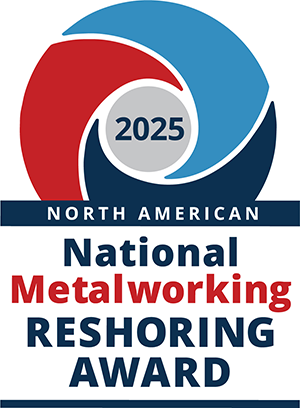

.gif)
